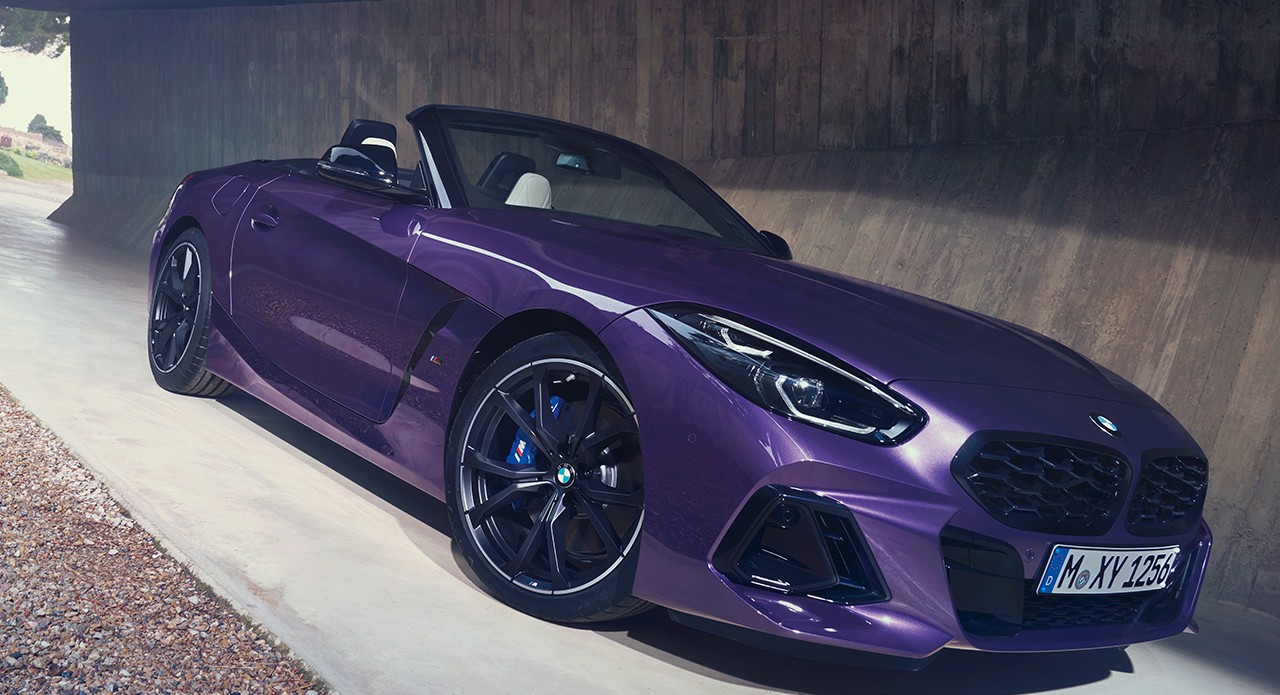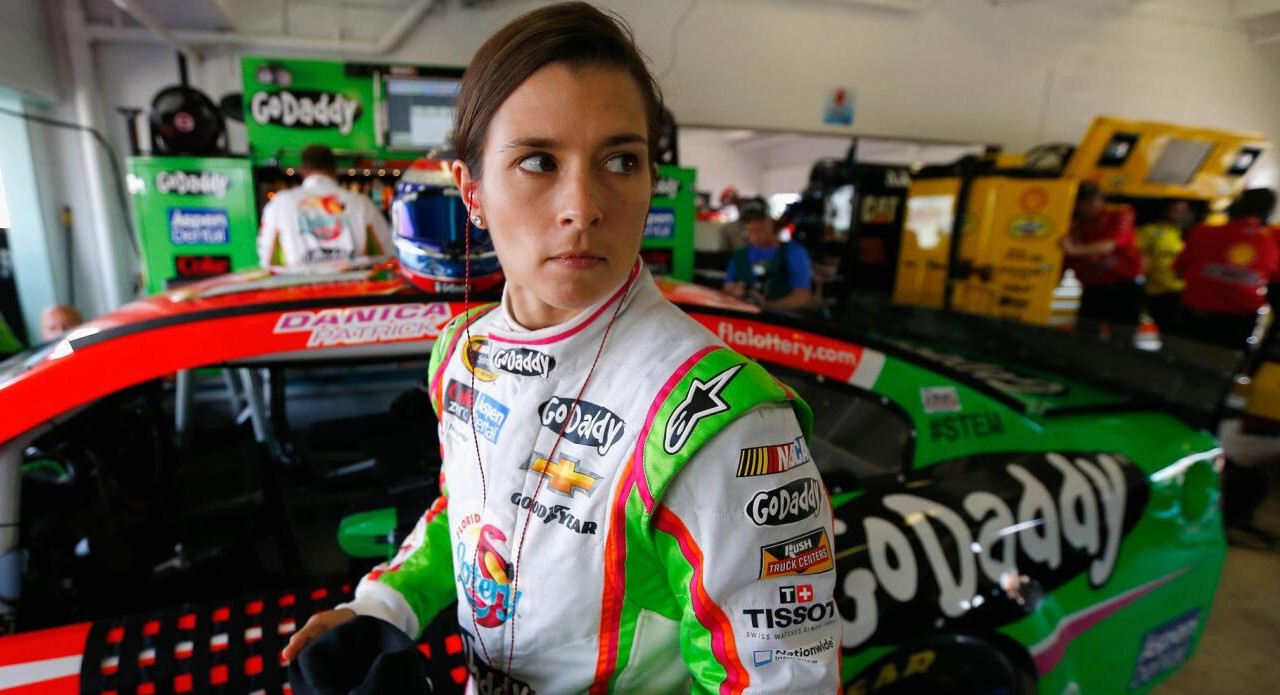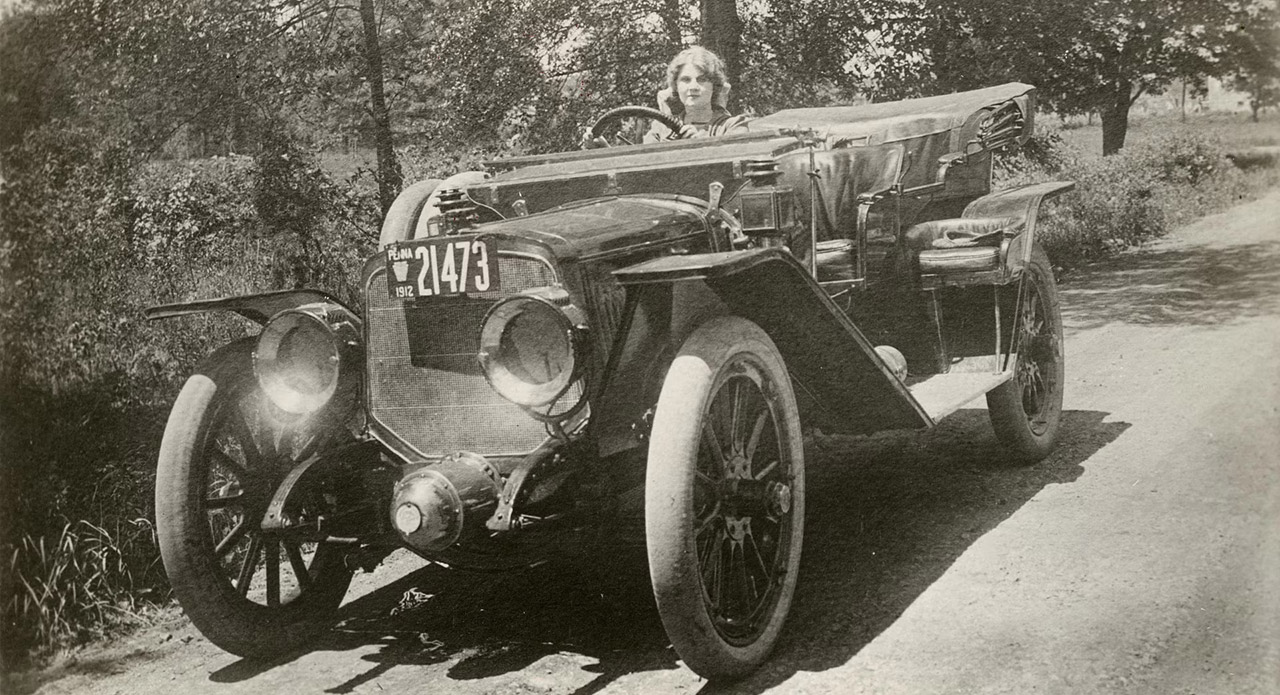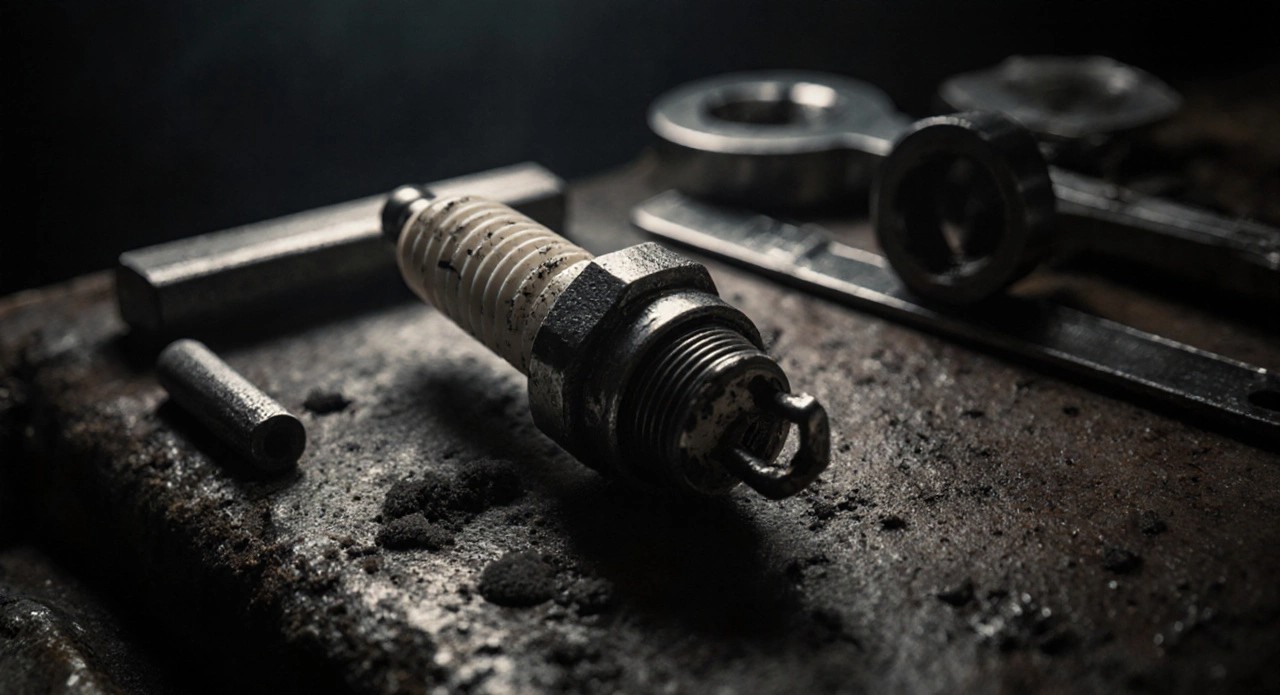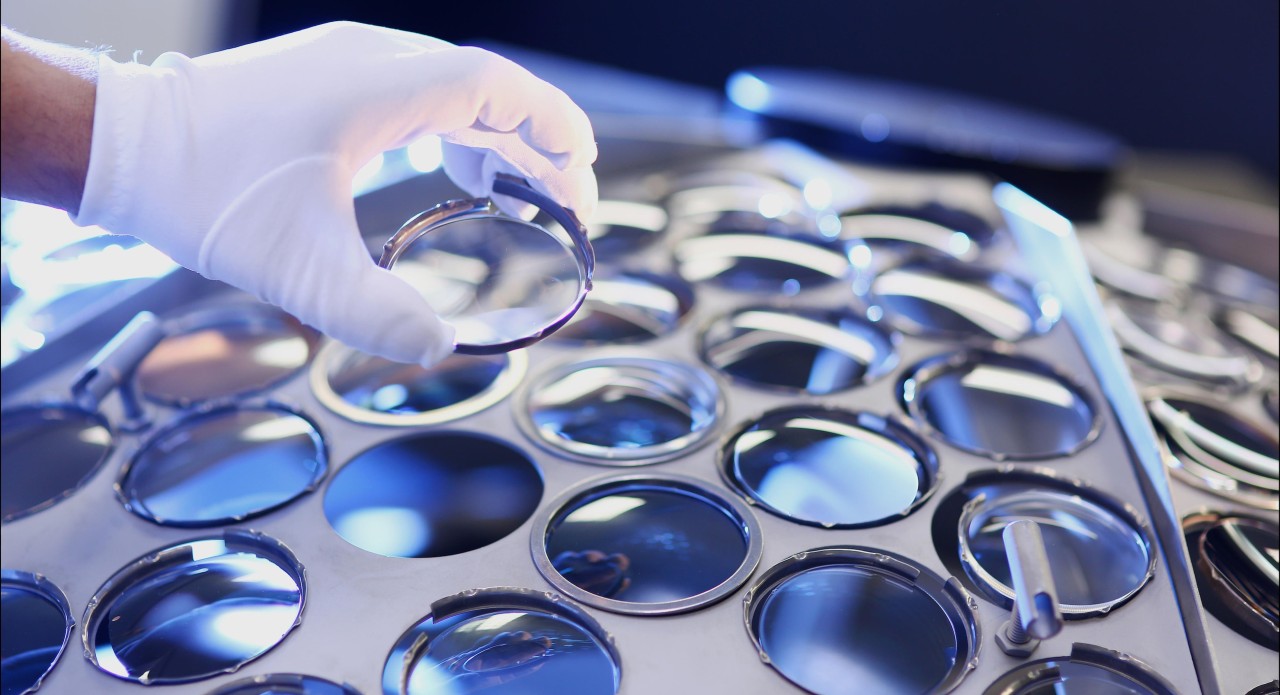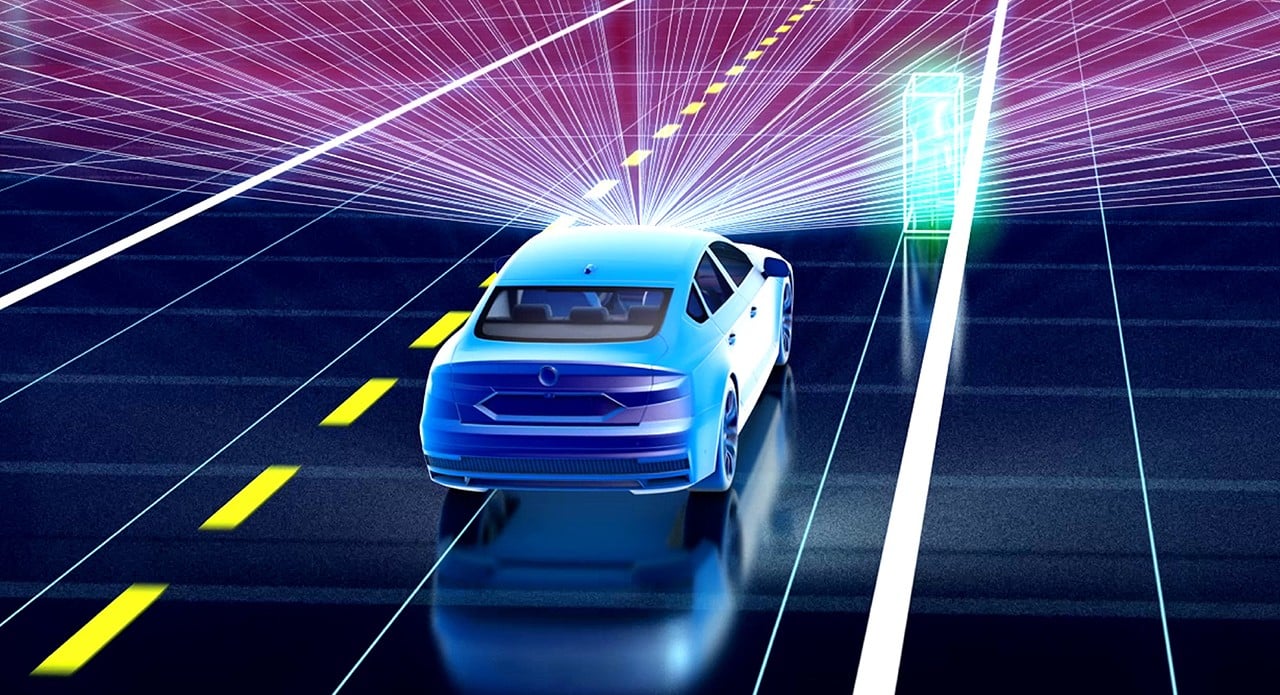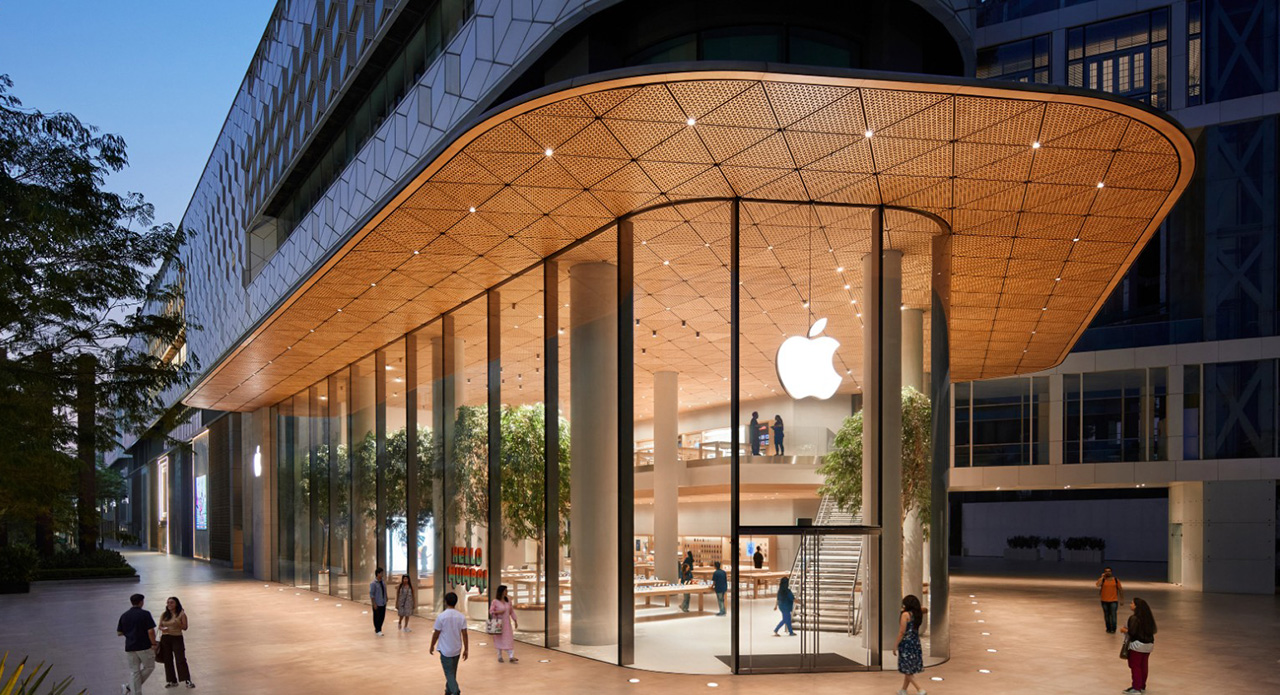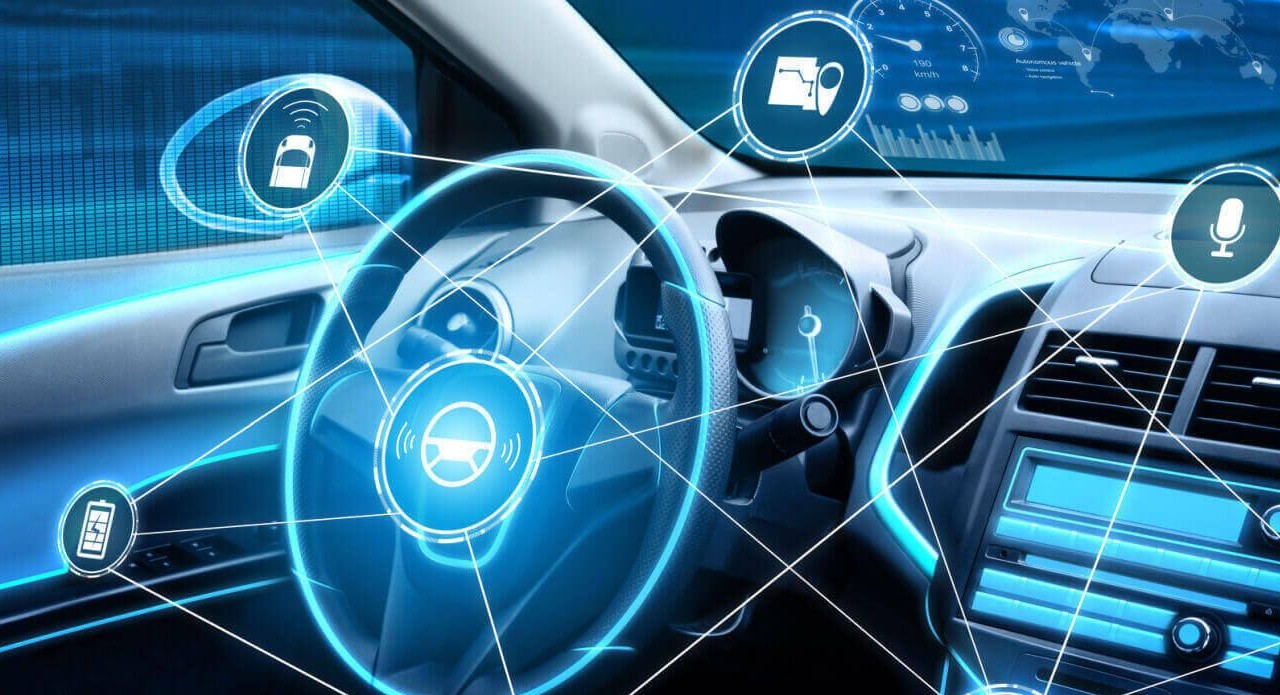For more than five decades, BMW’s 3 Series has not only stood against the test of time but has elevated the driving experience whether in the road of Bavaria (hometown of the automobile giant) to the facades of the finest destinations across the world. In the course of these five illustrious decades, over twenty million units have found discerning custodians across seven evolutionary generations, conferring upon it the exalted mantle of the world’s most cherished Ultimate Driving Machine. First unveiled at the Internationale Automobil-Ausstellung (International Motor Show Germany) in Frankfurt, the inaugural 3 Series ascended with alacrity to become not merely BMW’s most prodigious triumph, but a veritable global icon In its unbroken path of reinvention, it has flawlessly blended athletic dynamism with mechanical genius, ushering in epochal advances in propulsion, efficiency, safety, and design, while also redefining automotive comfort and digital connectivity. For more than five decades, BMW’s 3 Series has not only stood against the test of time but has elevated the driving experience whether in the road of Bavaria (hometown of the automobile giant) to the facades of the finest destinations across the world.
History and Evolution
The BMW 3 Series narrative began in 1975 laying the groundwork for what would become the standard for sports sedans. The 3 Series has evolved through seven generations, each redefining driving pleasure while setting new design, performance, and technological standards. Over five decades and with over 16 million units sold, the 3 Series has not only adapted to changing times, but has continually led the evolution of the luxury sports sedan, becoming the heartbeat of the BMW brand.
Tracing 50 Years of the 3 Series
First Generation (E21, 1975–1983)
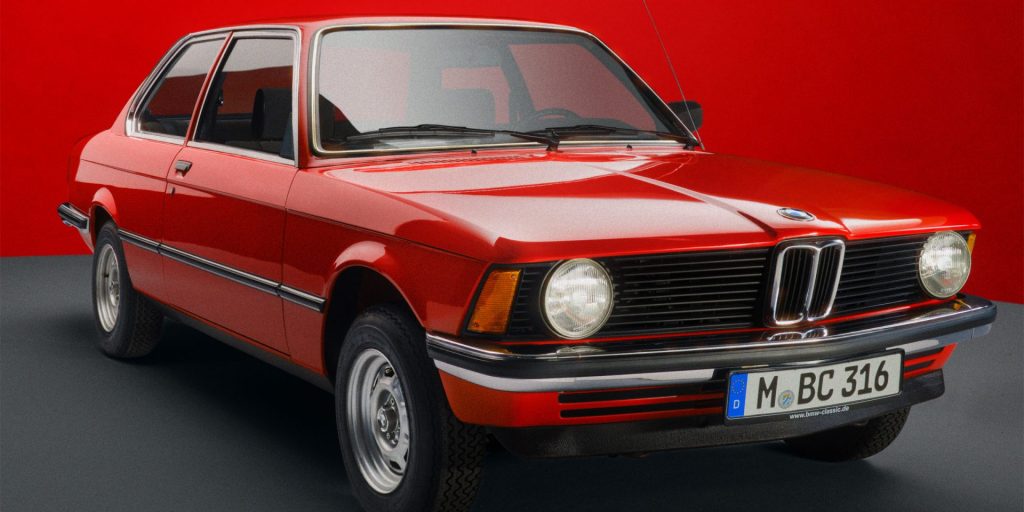
The E21 laid the foundation for everything the 3 Series would become. Designed by Paul Bracq, its clean lines, shark-nose front end, and driver-focussed dashboard immediately stood out. Initially available with four-cylinder engines and later joined by smooth six-cylinder units, it offered lively performance in a compact, stylish package. It also introduced the signature BMW centre console angled towards the driver, cementing the cockpit’s reputation as a place designed around driving. The front end was dominated by the striking BMW kidney grille and circular headlamps; the latter featured in twin-headlight form in the top-of-the-line models with a 2.0-litre engine. The model range also included the BMW 316, BMW 318 and BMW 320 variants from launch. Their model designations were derived from the size of their engine displacement: 1,573cc, 1,766cc and 1,990cc respectively.
Second Generation (E30, 1982–1994)
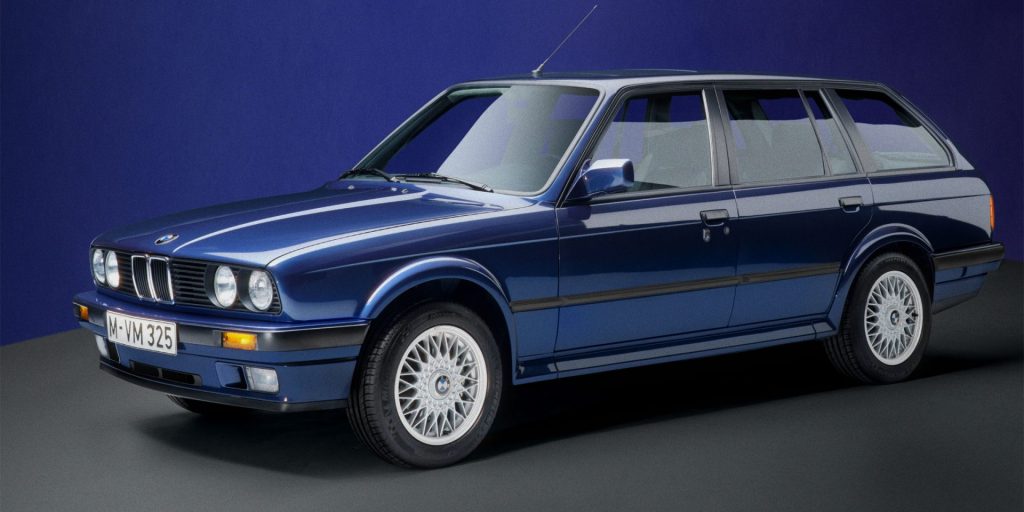
The E30 took the baton and ran with it, becoming the generation that turned the 3 Series into a legend. Its crisp, angular design is now a classic, and for the first time, clients could choose from a wide range of body styles: saloon, two-door coupé, convertible, and the brand’s first Touring estate. Diesel engines and all-wheel drive made their debut, broadening its versatility. But the headline act was the M3 of 1986, a homologation special that dominated touring car championships and became a motorsport icon. Compact, raw, and agile, it remains one of the most celebrated performance cars ever built. The characteristic side view was given a fresh interpretation, while a broader B-pillar painted matt black provided a stronger-looking centre. The new BMW 3 Series offered advanced four, and six-cylinder engines, from the 90 hp 316 with a 175 km/h top speed to the 105 hp 318i, capable of 184 km/h. The six-cylinder 323i delivered 139 hp reached 202 km/h.
Third Generation (E36, 1990–2000)
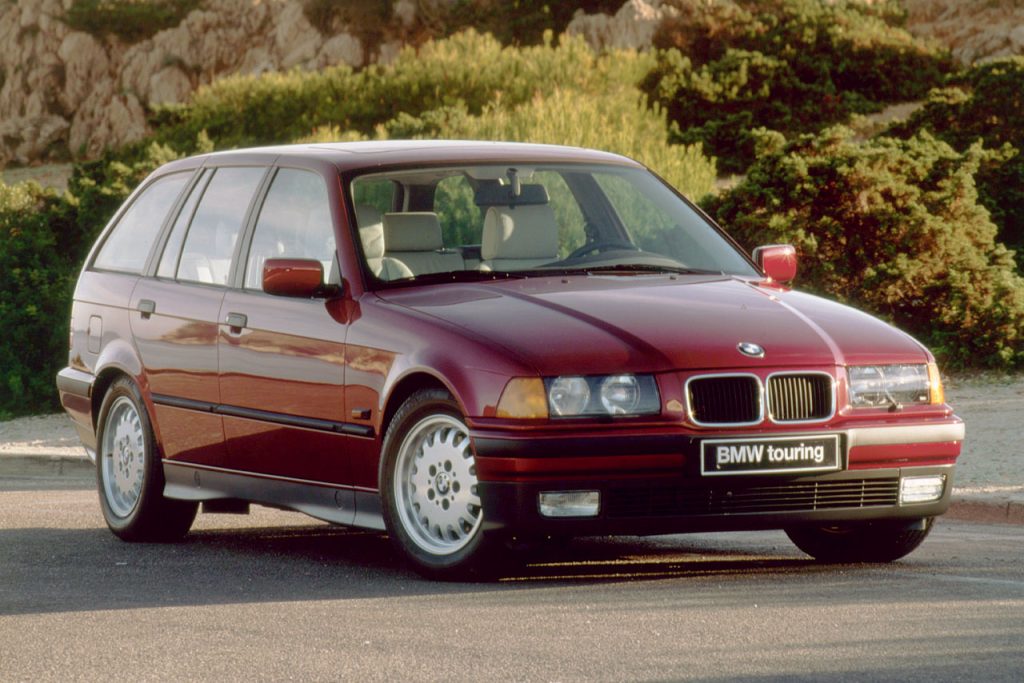
The E36 ushered the 3 Series into the 1990s with a sleek, aerodynamic design and a noticeable step up in refinement. Safety features such as airbags and stability control became more common, while multi-link rear suspension improved ride and handling. It was also the first 3 Series to be produced extensively outside Germany, signalling the automakers ambitions as a truly global brand. It was available from launch as a four-door for the first time, and for those in the rear, for example, could look forward to 30 millimetres of extra knee room. At launch, all BMW 3 Series engines produced over 100 hp, from the 1.6-litre 316i with 100 hp to the 325i with 192 hp. New six-cylinder units featured twin camshafts and four valves per cylinder, while BMW’s VANOS variable camshaft timing debuted in 1992 on the 286 hp M3 before spreading to other six-cylinder models. Introduced in 1993, the BMW 3 Series Convertible featured a low shoulder line, seating for four, a well-insulated soft-top for year-round use, and an optional hardtop.
Fourth Generation (E46, 1998–2006)
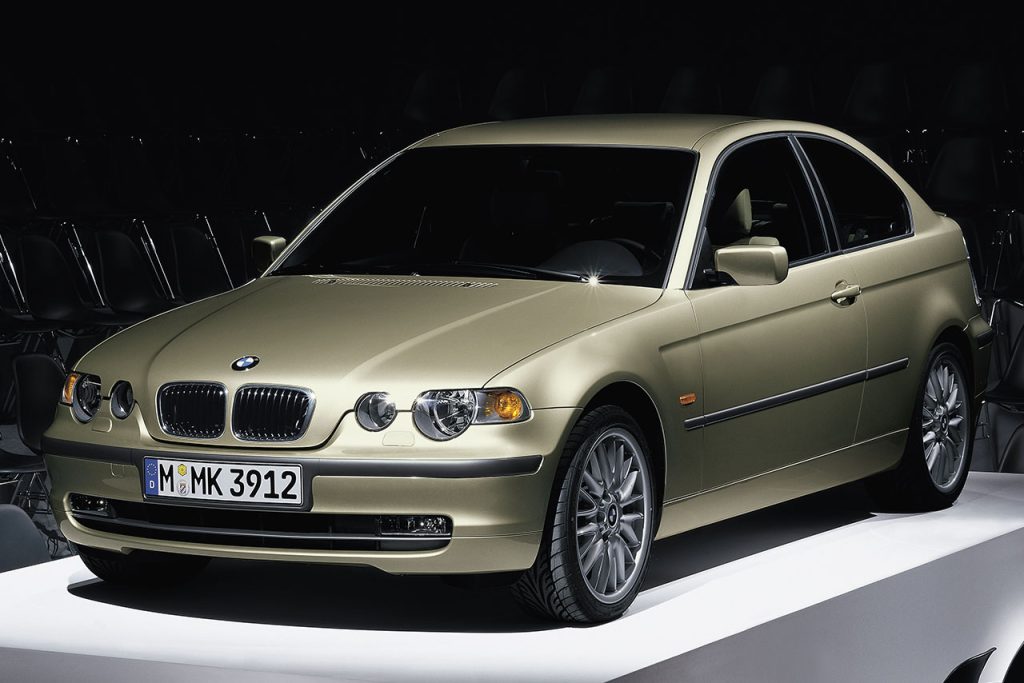
For many, the E46 represented the perfect balance of everything the 3 Series should be. Its elegant proportions and refined styling gave it a timeless quality, while the chassis delivered handling precision and everyday comfort in equal measure. It brought in technology such as satellite navigation, xenon headlamps, and advanced stability control, keeping it the cutting edge. The M3 of this era, particularly the lightweight Competition Sport Lightweight (CSL) with its carbon-fibre panels and howling straight-six engine, set a new standard for performance saloons and is still revered today, and sold more than 3.2 million units. Launched in April 1999, the new BMW 3 Series Coupé was longer, wider, and lower than the saloon, offering more interior space and a sleek, elegantly stretched profile with its distinctive proportions and shallower windscreen.
Fifth Generation (E90/E91/E92/E93, 2005–2013)
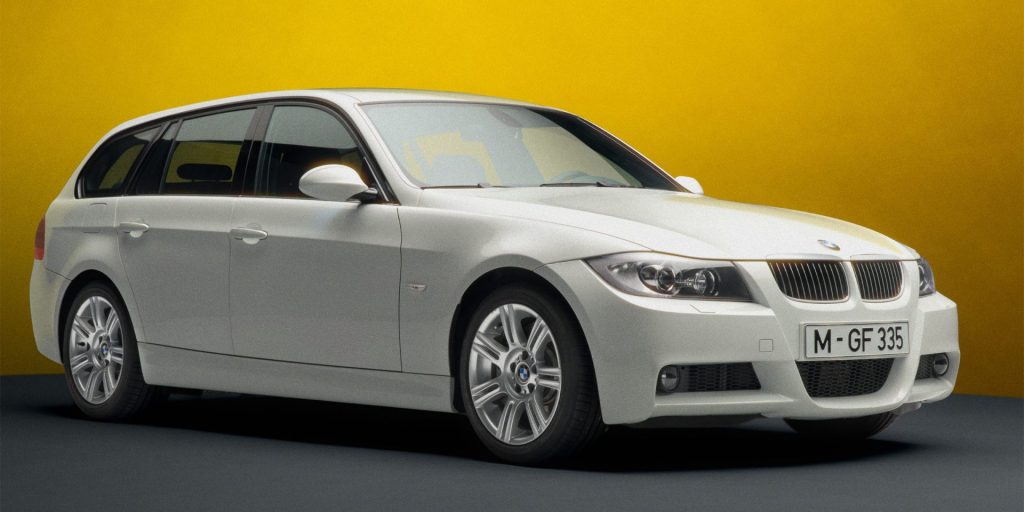
The fifth generation of the BMW 3 Series had its world premiere at the 2005 Geneva International Motor Show. The E90 generation modernised the 3 Series with bolder styling, sharper creases, and a wider range of body styles: saloon (E90), estate (E91), coupé (E92), and convertible (E93). It was the first generation to fully embrace turbocharging, improving both performance and efficiency, while BMW’s iDrive infotainment system began to appear on selected models. The M3 of this era delivered a dramatic change: a naturally aspirated 4.0-litre V8 that revved to over 8,000 rpm, producing one of the most intoxicating engine notes in BMW history. Whether in standard or convertible guise, it remains a high point for the M Division.
Sixth Generation (F30/F31/F34, 2011–2019)
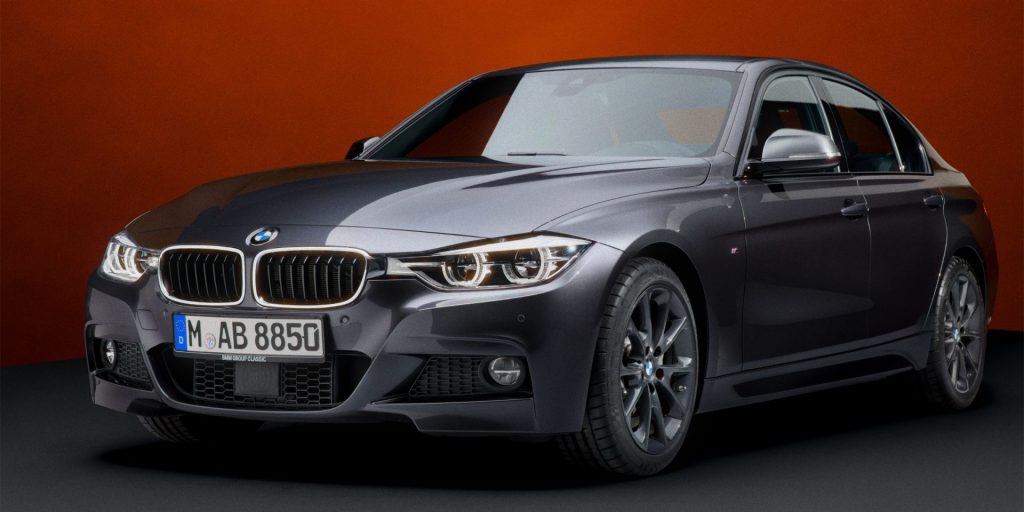
The F30 carried the 3 Series confidently into the digital age. Turbocharged four-cylinder engines became the core offering, combining efficiency with strong performance, while the introduction of the 330e plug-in hybrid showed BMW’s commitment to electrification. Larger dimensions brought more space and comfort, appealing to families and business buyers alike, while technology such as head-up displays and advanced driver assistance kept it ahead of the curve. With saloon, Touring, and the more adventurous Gran Turismo variants, the F30 broadened the car’s appeal further. The double-joint front axle and multi-link rear axle were refined for greater lightness and rigidity, while rear-wheel drive, a 50:50 weight balance, and Electronic Power Steering ensured precise, safe handling. Options included variable sport steering and adaptive dampers.
Seventh Generation (G20/G21, 2019–Present)
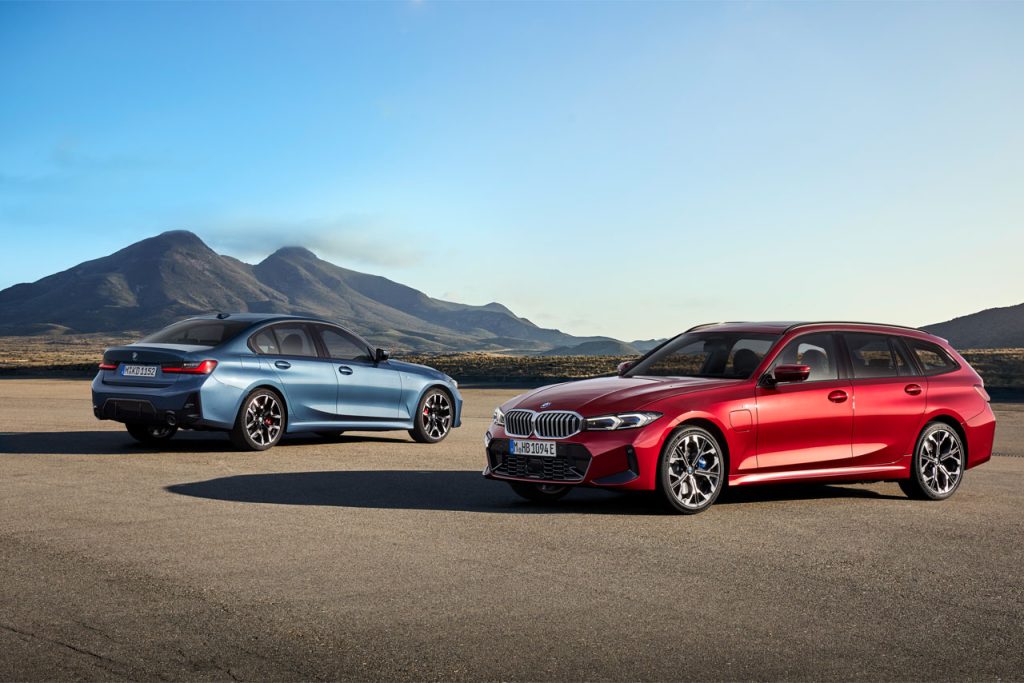
The current, seventh-generation BMW 3 Series had its world premiere in October 2018 at the Paris Motor Show. The G20 generation represents the most advanced 3 Series yet. Its bold design, marked by larger kidney grilles and sharper lines, reflects BMW’s modern identity, while the interior showcases the latest digital technology, including the curved display and BMW’s Operating System with voice control. Driver assistance systems bring semi-autonomous capabilities, yet the car remains true to its roots with dynamic handling and a range of engines that include efficient diesels, turbo petrols, and plug-in hybrids. The M340i xDrive shows that performance is still alive and well, while the all-electric i4 extends the spirit of the 3 Series into a sustainable future. The standard BMW Live Cockpit featured larger screens, while the optional Live Cockpit Professional added a 12.3-inch digital cluster, 10.25-inch control display, and BMW Operating System 7.0 with touch, iDrive, gesture, and voice control.
Marking half a century of continuous evolution, the BMW 3 Series remains the definitive benchmark in its class blending innovation, performance and everyday usability like no other. From the analogue purity of its earliest models to today’s electrified, digitally advanced generation, it has stayed true to its driver-focused DNA whilst embracing the future. As it enters its next chapter, the 3 Series continues to embody BMW’s spirit: timeless design, dynamic character and sheer driving pleasure for generations to come.




